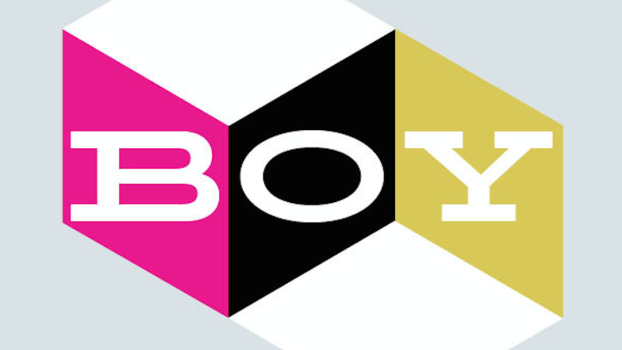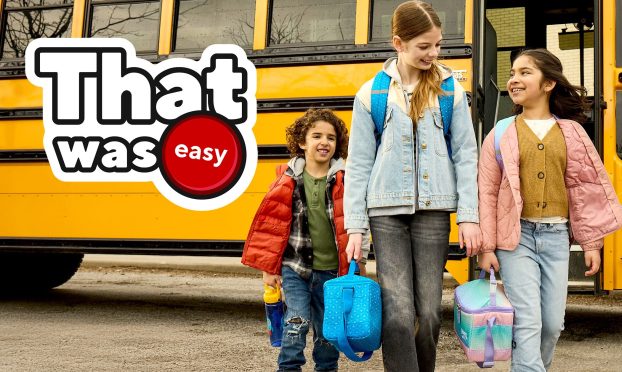Those over 50 years of age command an increasing share of disposable income compared to millennials, yet only roughly 5% of worldwide marketing spend currently targets the 50-plus segment, according to Colin Milner, CEO of the International Council on Active Aging.
Today, he says people over 50 hold approximately 70% of all disposable income, leaving just 30% in the hands of those under that age. Twenty years ago, the latter held roughly 50% of the income, indicating a downward trend.
Yet most marketers continue to chase millennial customers. The problem, says Milner, is that everyone from international giants to mom and pop shops appear to misunderstand the purchasing power of the older market.
“There’s a massive shift that has taken place,” he says. “And the question is, do you want that money or not?”
Not only do older people have more money to spend; they are also keen to make use of new products and services. Recent research by Revera, a Canadian-based organization in the seniors’ living and care business, found that 87% of older adults are interested in innovation that could help solve many of their worries around aging.
“The big message for marketers, and especially marketing and sales executives, is take a look at this demographic,” says Susan Schutta, VP of corporate affairs at Revera. “This is a group of people who are highly motivated to engage with new products that will help with the aging experience, and they are some of the richest seniors that we’ve ever had in the country.”
The reason for their motivation is simple, says Schutta. Many technologies often believed to be better suited to tech-savvy millennials hold great potential for older customers. For example, driverless cars could eliminate the challenges that come with losing a driver’s licence in old age, and robots that complete everyday tasks like cleaning or cooking could be a boon to the segment and the companies making them.
“Seniors are looking to the private sector to deliver this kind of change,” says Schutta. “They want to engage with companies; they want to be part of the conversation.”
In 2016, Revera partnered with Uber on UberCentral, a dashboard enabling businesses to request and pay for multiple Uber rides on behalf of their customers – just one example of innovation that ended up benefiting the many parties involved.
Schutta says marketers could benefit from additional tools to help them target this largely untapped segment. For instance, she points to the tendency of platforms like Facebook and Google to limit micro-targeting seniors — the platforms do not differentiate beyond a “65-and-over” metric — as a challenger to companies like hers who may want to speak specifically to certain age groups.
Yet the companies selling the ads appear unmotivated to enhance those capabilities. A Google Canada spokesperson told strategy that the company has no plans to change demographic targeting for seniors, mainly because it has not been frequently requested and because bucketing all seniors together is in line with industry practices.
Milner says its important for marketers to take the segment’s diversity into consideration and to think of older consumers in terms of abilities, or stages of life, rather than age.
Liana Guiry, VP marketing at Revera, echoed that sentiment in an email to strategy, saying advertisers and media companies should recognize that seniors are not a homogenous group.
“Marketers should encourage advertising agencies and media companies to diversify their talent and broaden their perspectives beyond the 65-plus segment if they truly want to avoid stereotypes and stigmas attached with ageism,” she said.























